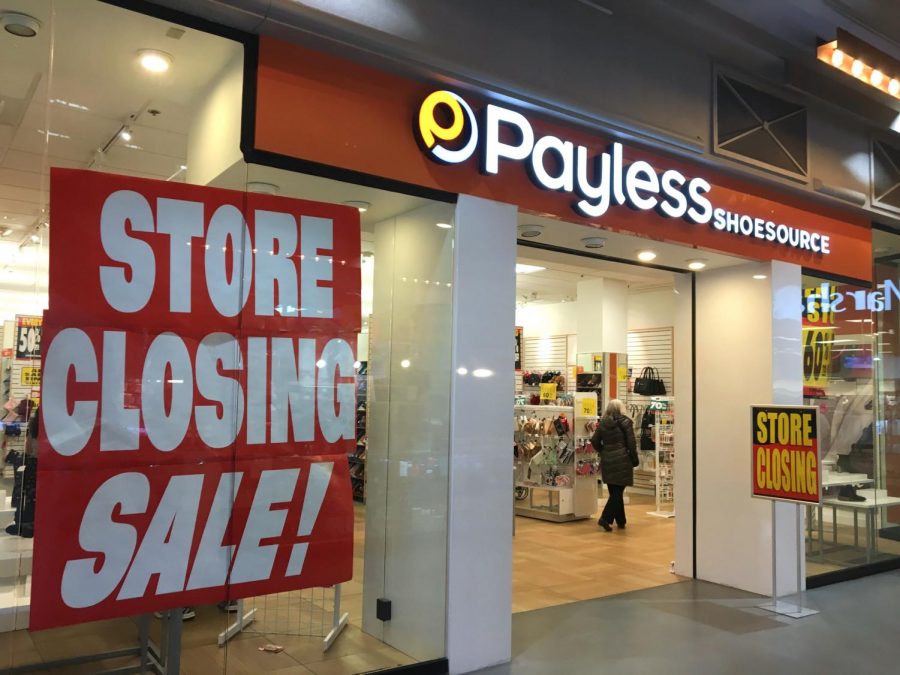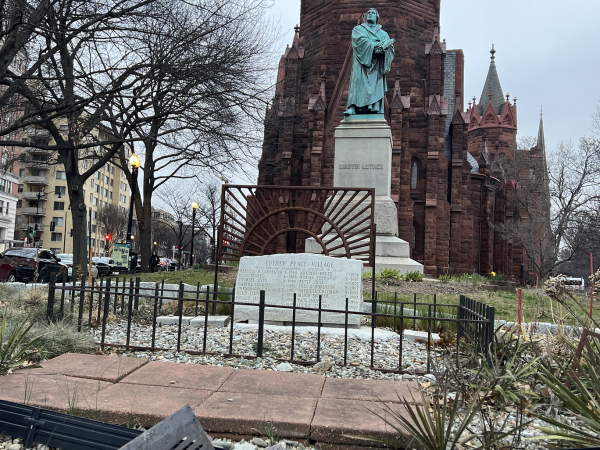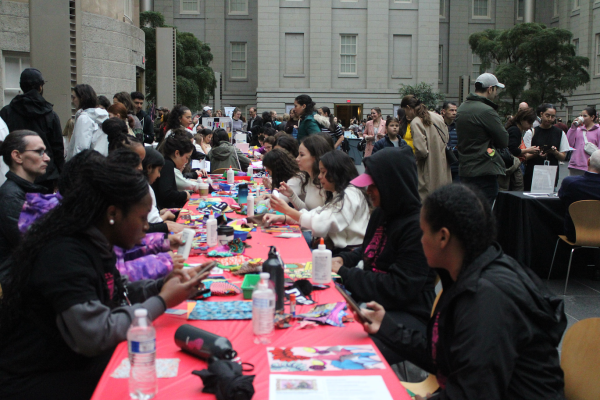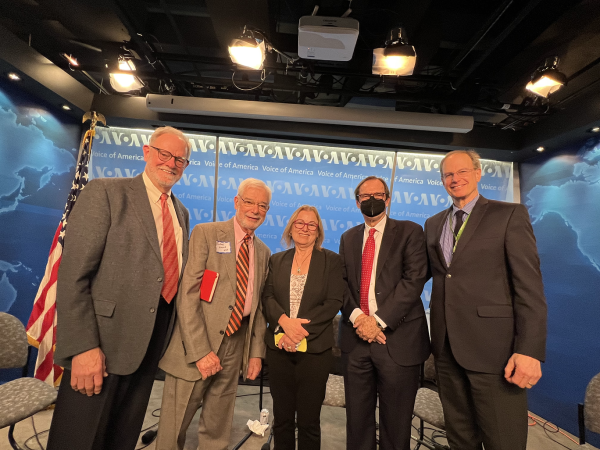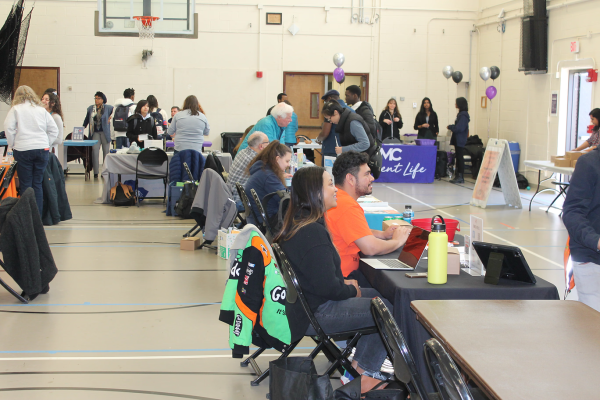The Retail Washout of 2019
The discount shoe store Payless is closing their doors in 17 locations in Maryland by the end of May.
Prominent retail brands are closing their doors across America as shops show a slow decline in net-growth. An estimated 6,000 stores are set to close across the country this year, many of which are located in shopping malls.
The 63-year-old company filed for Chapter 11 bankruptcy protection on February 18th, 2019 and is expected to close over 2,500 locations in America and Canada. This filing will only apply to the franchise’s stores in North America.
“I remember this woman came into our store with a Facebook post, and she said she was so sad that we were closing, and at the time, I didn’t even know that we were closing,” Lesly Romero, current Payless employee at Westfield Wheaton, M.D.
The fall-out of the discount shoe store in the United States could potentially be the largest retail liquidation of all time. “Payless emerged from its prior reorganization ill-equipped to survive in today’s retail environment,” Stephen Marotta, the chief restructuring officer for Payless, said in a press release.
Payless now has markdowns on most products ranging from 30% to 80% off. As closing companies subside, massive discounts can create an influx of customers, which can drastically change the work environment for its employees.
“It’s been hectic,” said Jessica Merino, a current part-time Payless employee in Ellsworth Place (more commonly known as City Place Mall) located in Downtown Silver Spring.
“I worked 20 hours before we found out we were closing, and now I work 80 hours every two weeks. It depends on how many times my boss needs me to come into work,” Merino said.
The liquidation also brings change to the company’s store layout.
“We are not getting as much shipment as we usually do. They narrowed it down to one day. We usually got it twice a week and it would stock up the whole store. Now we are just getting it one day, and it doesn’t even stock one whole section,” Merino said.
Payless is one of many retail franchises filing for bankruptcy this year. The bulk of the franchise stores in North America will remain open until May.
“My managers, all of them, they have to stress about what they are going to do next, and that’s actually sad because this is their job,” Romero said.
All of the Payless locations will be closed in America and Canada by the end of May.
The women’s clothing retailer Charlotte Russe closed an estimated 66 locations on March 24th in over 30 states, including store space 156, located beneath the food court of Westfield Wheaton mall in Maryland.
“It’s sad but we still keep pushing and try to keep a smile on our faces and help each other out when it comes to hearing about other jobs,” former Charlotte Russe manager, Westfield Wheaton, M.D.
The six remaining locally operated Charlotte Russe locations in Maryland closed on March 31rst in Waldorf, Salisbury, National Harbor, Baltimore, Columbia, and Towson county.
“All the stores in general that are closing haven’t been making a lot of profit,” said a former employee at Charlotte Russe, Westfield Wheaton, M.D.
The going out of business sales ranged from 40-70% off all products and the liquidation moved merchandise faster than expected. Originally the close-out sale was going to go through the month of April, but each location received its last shipment of merchandise at the end of March.
“A lot of people are losing their jobs. This is not my long-term career choice but people that made it theirs, are losing their jobs,” former employee at Charlotte Russe, Westfield Wheaton, M.D.
Charlotte Russe closed over 32 store locations in California, Florida, and Texas in the span of 25 days. In addition to these store closures, over 200 of their remaining locations closed on March 31st across the United States.
“It was fun while it lasted and I learned a lot, but I’m out of retail and I’m never going back,” former Charlotte Russe manager, Westfield Wheaton, M.D.
Charlotte Russe filed for liquidation early this year and began close-out sales on March 7th. The company closed all of its 426 stores during the last 5 days of March.
Another retail brand closing across the United States and Canada is the children’s apparel store, Gymboree. The company filed for bankruptcy for the first time in the summer of 2017 and closed 400 of their 1,300 chains last year to address some of their debt.
The sister company additionally plans to close one of its namesake stores, Crazy 8. In December 2018 Gymboree announced their plans to close about 300 Crazy 8 locations.
In a press release made in early January, Gymboree Group said they are planning to sell their third sister company, Janie and Jack, in hopes of keeping that brand in operation. Janie and Jack is a high-end children’s line located in 139 stores nationwide.
On January 17th Gymboree Group filed for Chapter 11 bankruptcy protection and announced their plans to close more than 800 Gymboree and Crazy 8 locations this year.
“At first I found out through radio stations—and then I came into work and they told me,” Maria Perze, an employee at Gymboree in Westfield Wheaton mall and a graphic design major at Montgomery College.
When asked what her view is on retail closures, she said, “Will there be malls in the future? I know that we are not the only company that’s closing. The Charlotte Russe downstairs is closing and I heard Payless as well, and some Victoria’s Secret stores so I’m like, woah—all these stores are closing at once,” said Perze.
Victoria’s Secret announced they will be closing over four dozen stores in North America. The closure was made by its parent company, L Brands and it follows an upward number of store closures made by the company from 2018. The company closed 30 stores last year and plans to close 53 stores this year.
“I feel like everything is now going to be online,” said Romero.
There has been a decline in retail sales and an increase in store closures in the United States since 2017. In August of 2018, the U.S. hit a 10-year high regarding the amount of square footage closure in retail space. The amount of square foot closure was higher in 2017 and 2018 than during the Great Recession in 2008.
The number of consumers who choose to spend their money on products online has steadily gone up since the year 2000. The amount of retail profit made offline has been growing at a much smaller rate than retail expenditures made online.
However, some parts of retail are doing just fine despite the success of online shopping. Even though many companies are undergoing buyouts and showing a decline in profit, the retail sector itself shows that overall, retailers in the U.S. are experiencing a decelerated profit margin growth over time. Time will tell how retailers plan to restructure in order to survive.


